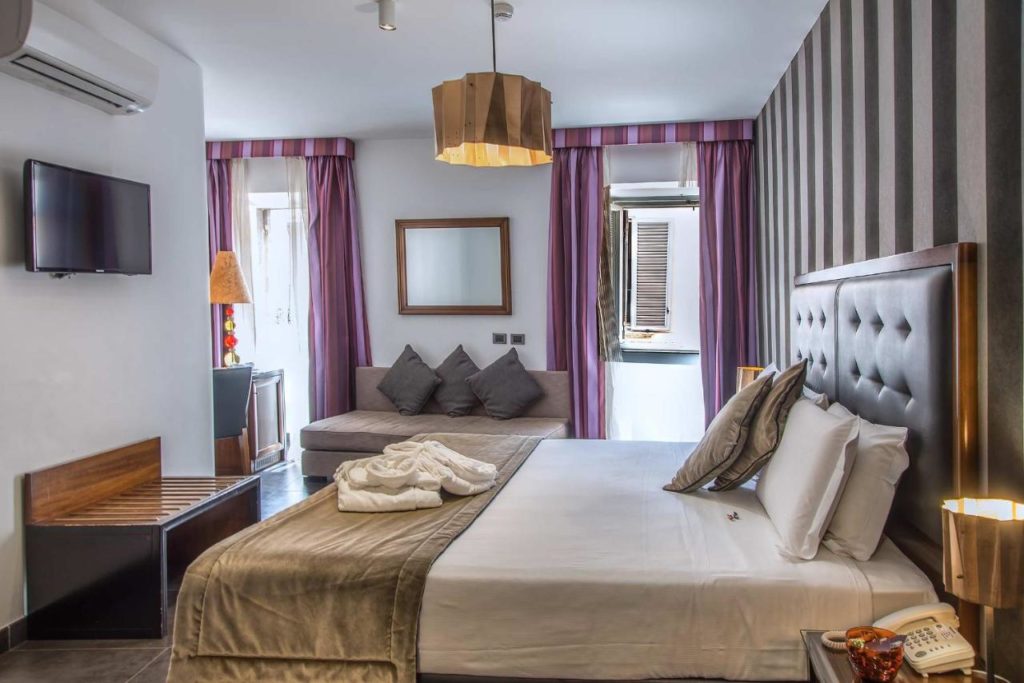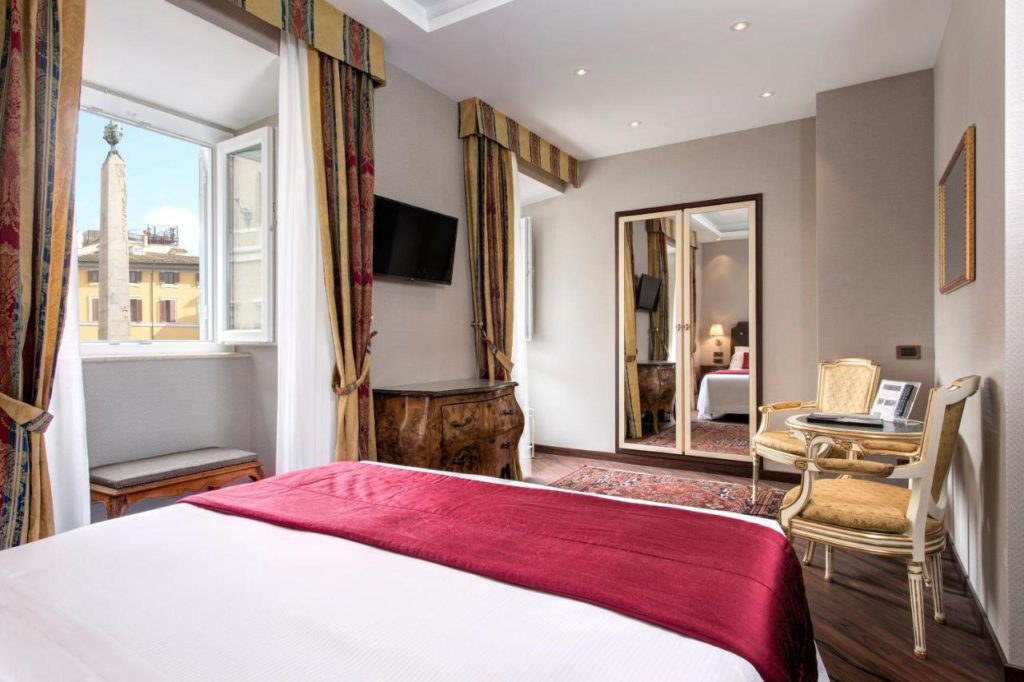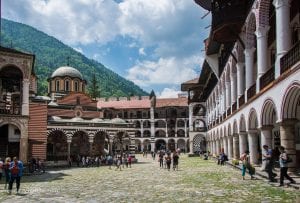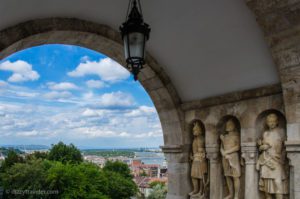Rome, the capital city of Italy, is well known for its ancient history that dates back to well before the Roman Empires’ eras. However, even though its far-reaching history is the focus for many visitors, Roam is also a fast-paced, modern, and important city, with friendly hotels, designer stores, famous restaurants, and historic places to visit. One of the best cities in Europe for museum and art lovers, history enthusiasts, shopping and food lovers. There are day trip locations in Southern and northern Italy that worth exploring as well.
Helpful Information
Check Out Vatican City
St. Peter’s Square
Piazza San Pietro or St. Peter’s Square, located in Vatican City, is most likely one of the world’s prominent squares and definitely most popular among visitors. The majestic view of the beautiful columns and pillars, the statues of saints, and the 25 meters high obelisk is spectacular.
Visit St. Peter’s Basilica
St. Peter’s Basilica in Vatican City is one of the holiest temples of Christendom and one of the largest churches in the world.
Inside the Basilica, visiter will find extraordinary art pieces, one of the most impressive is the dome. Its design was started by Michelangelo and continued by Giacomo Della Porta. Carlo Maderno finished the dome in 1614. Visiting St Peter’s Basilica is an unforgettable experience when staying in Rome.
You definitely need to climb to the top of St. Peter’s Basilica for a magnificent view over the Vatican and Rome. The stairs are comparatively medium-hard to climb. Keep some cash handy that you may need for the ticket.
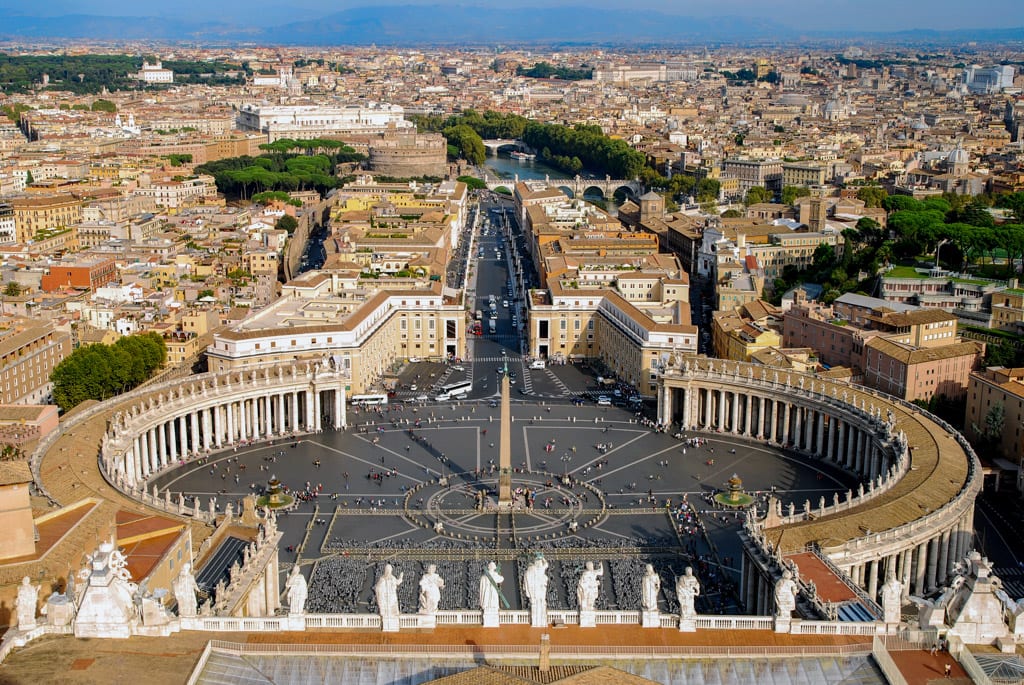
Vatican Museums
Pope Julius II established the Vatican Museum during the 16th-century, which houses thousands of works of art. One of the most popular attractions in Rome. The line to enter the Vatican Museums is enormous, to avoid the long wait it is advisable to avoid weekends, holy week, also the last Sunday of the month.
Sistine Chapel
Regarded as Michelangelo’s masterpiece, the Sistine Chapel (Cappella Sistina) is a jaw-dropping attraction you must see at least once in your lifetime.
The Sistine Chapel is one of the attractions you must experience at least once in your lifetime. The jaw-dropping masterpiece of Michelangelo, Botticelli, Perugino, and Luca is one of the greatest treasures of the Sistine Chapel.
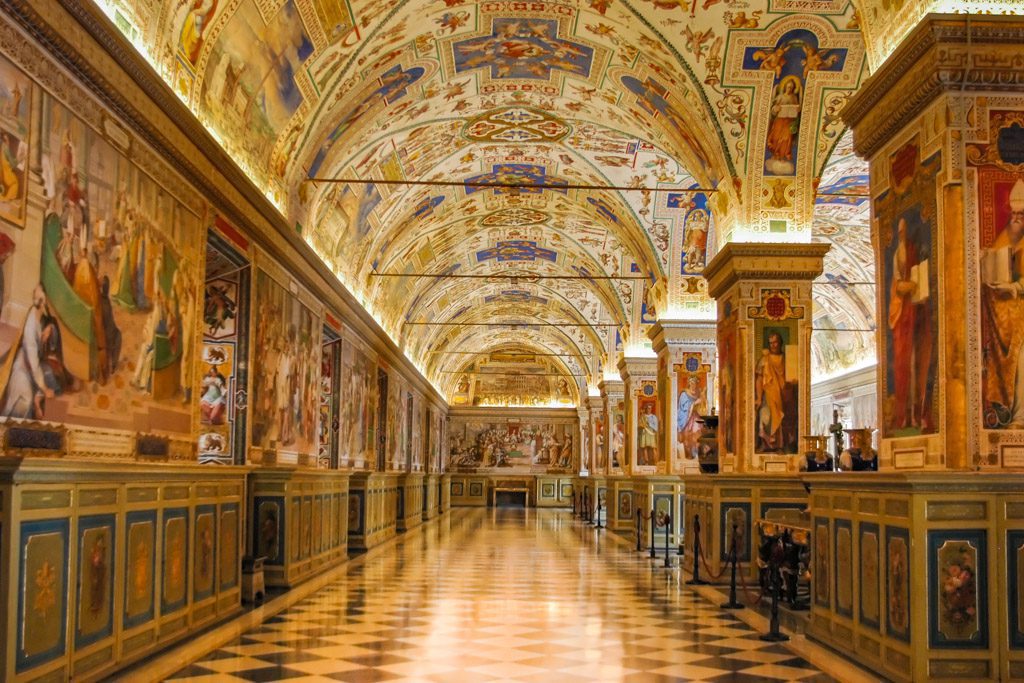
See the Roman Forum
Roman Forum, located between Colosseum and Piazza Venezia, was where political, religious, and social activities occurred during the Roman era. However, after the fall of the Empire, it was buried under the earth until excavation started in the 20th century. Alongside the famous temples such as Venus, Saturn, Vesta, and Romulus, other points of interest are worth noticing. Here is a list:
- Via Sacra is the main street that linked the Colosseum with the Piazza del Campidoglio in ancient times.
- The Arch of Titus is a triumphal arch that was built to glorify Rome’s victory over Jerusalem.
- The Arch of Septimius Severus was built in 203 A.D. to celebrate the third anniversary of the Roman Emperor Lucius Septimius Severus.
- The Basilica of Maxentius and Constantine is believed to be the most important building in Roman Forum.
- The Curia is where the Senate met and made administrative decisions on the Roman government.
- The Temple of Antoninus and Faustina is the best-preserved temple in Roman Forum.
- The Column of Phocas was built in 608 A.D. in honor of the Emperor of Byzantium.
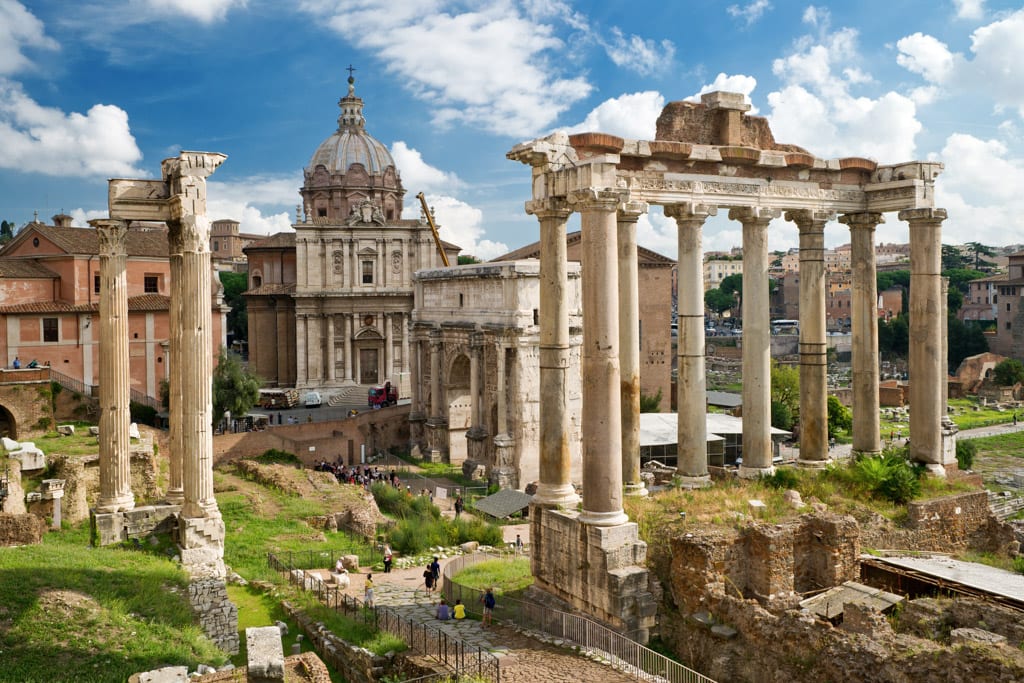
Altar of the Fatherland (Altare della Patria)
Altare della Patria is an impressive building located at Piazza Venezia, also referred to as the Altar of the Fatherland. The beautiful white marble structure houses the tomb of the unknown soldier and a museum. Most importantly, for an unparallel view of the city, take the glass elevator to the rooftop, and definitely worth it. The best time to visit is in the evening, especially during the sunset.
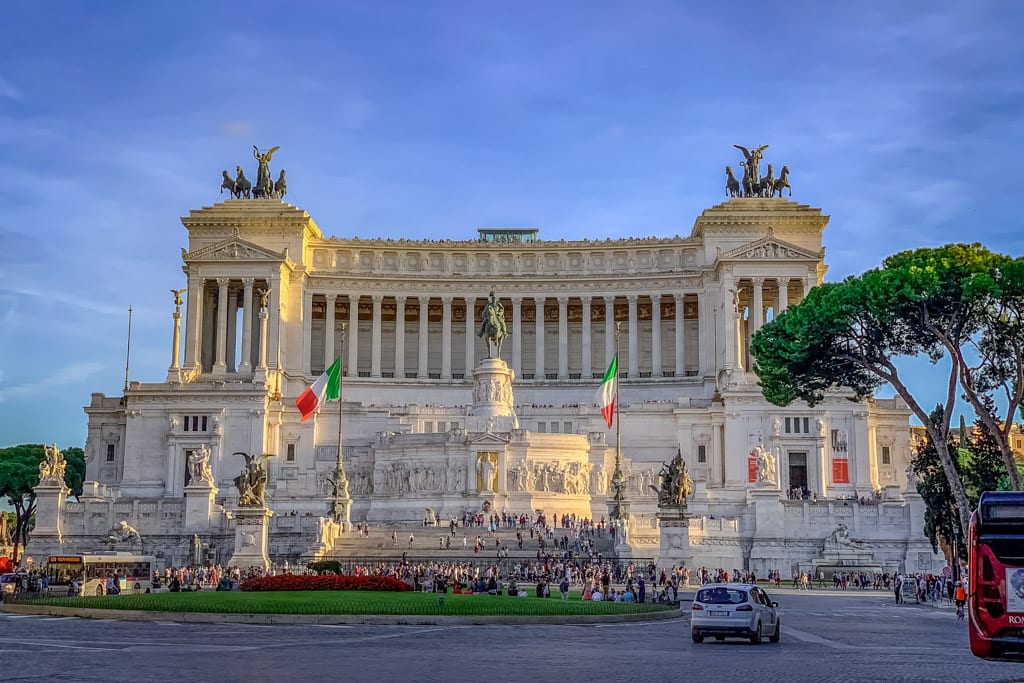
Wander around the Colosseum
The Colosseum is the iconic symbol of Rome. The impressive structure of over 2000 years of history will take you back in time to discover the way life used to be in ancient Rome. It provided over 50,000 people to enjoy the shows during and after the Roman Empire. Shows such as gladiator fights, executions, execution of prisoners, and exhibitions of exotic animals kept the Roman people entertained for years.
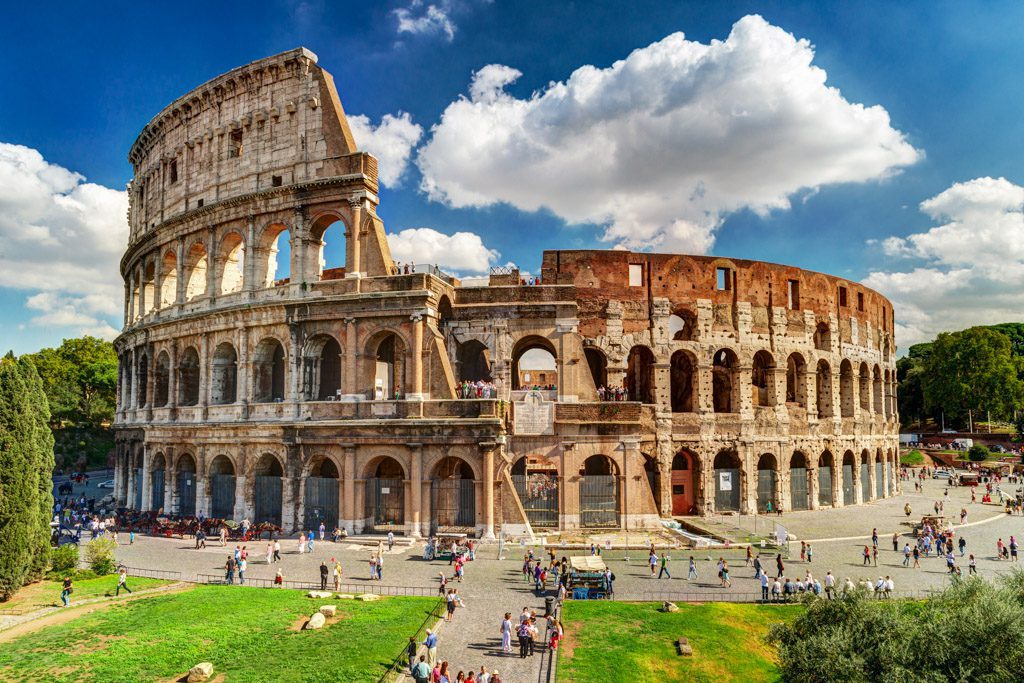
Piazza di Spagna & the Spanish Steps
The Piazza di Spagna also called the Square of Spain, is one of the famous squares in Rome. For a beautiful view of Rome, climb the steps from Piazza del Popolo to the top of Pincian Hill.
The Spanish Steps and the square is a meeting place, great for hanging out in Rome, especially in the evening. The 135 steps that connect the Church of Trinit dei Monti and the square are favorite spots for photographers and tourists.
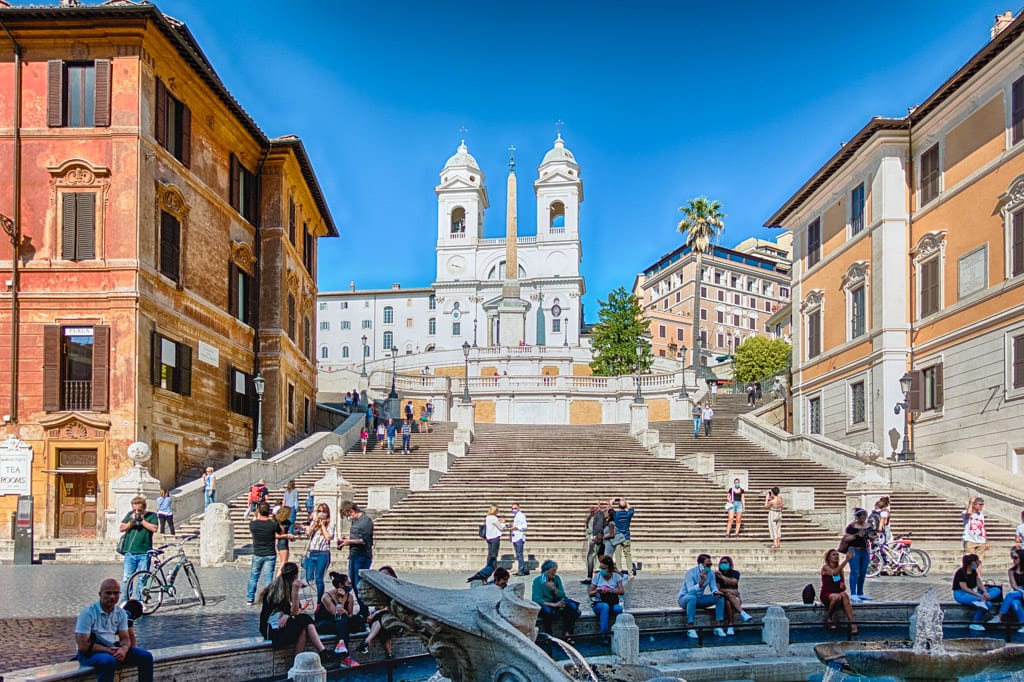
Visiting Piazza Navona and the Fountains
The Baroque-style Piazza Navona is one of the popular squares in Rome. The most attractive part of the Piazza is the fountains.
Fontana dei Quattro Fiumi is in the center of the plaza, designed by Bernini in 1651. The four statues represent the most important rivers of the continents where Christianity had spread; the Danube, Ganges, the Nile, and Rio de la Plata. In the middle of the fountain, there is a 52 ft obelisk that makes it most unique among all others. In the southern part of the plaza, you will find Fontana del Moro, also known as the ‘Seashell Fountain’. The fountain in the northern part is called Fontana del Nettuno (fountain of Neptune).
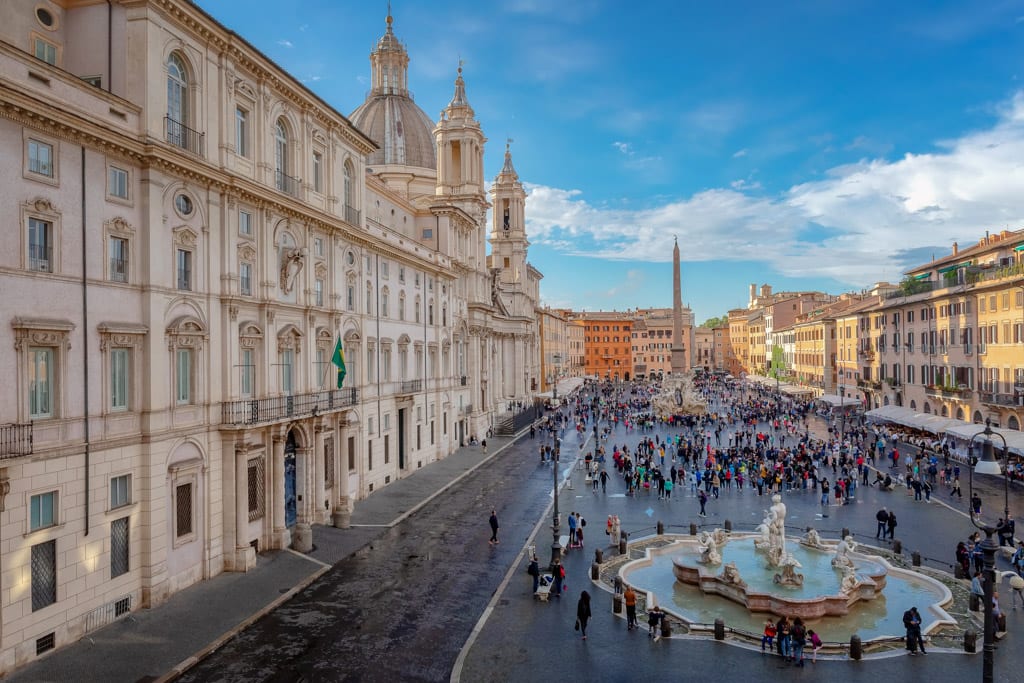
Castel Sant’Angelo
Not that far away from Vatican City, Castel Sant’Angelo, also known as Hadrian’s Tomb, is a fortress located on the bank of the Tiber river. In 1277 an 800 meters fortified corridor was built that connected the castle with the Vatican City so that the Pope could escape if he were in danger.
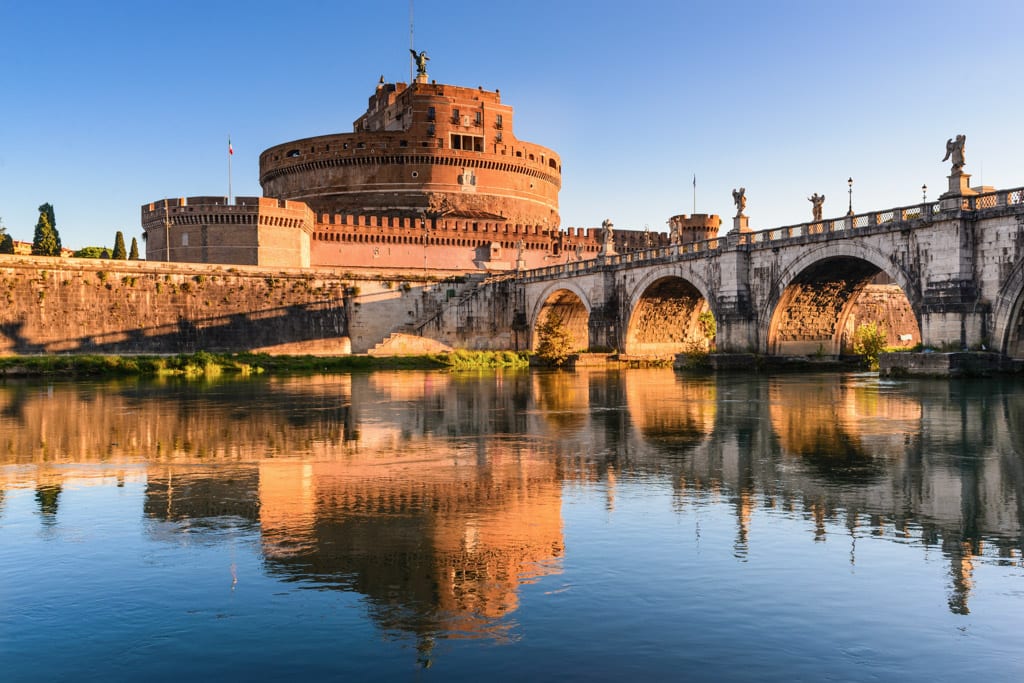
Explore the Pantheon
The Pantheon of Agrippa, also known as the Roman Pantheon, is one of the best-preserved architectural masterpieces of ancient Rome. The Pantheon is located right in Piazza della Rotonda, a beautiful square in the heart of Rome. Definitely worth a visit during your stay in Rome.
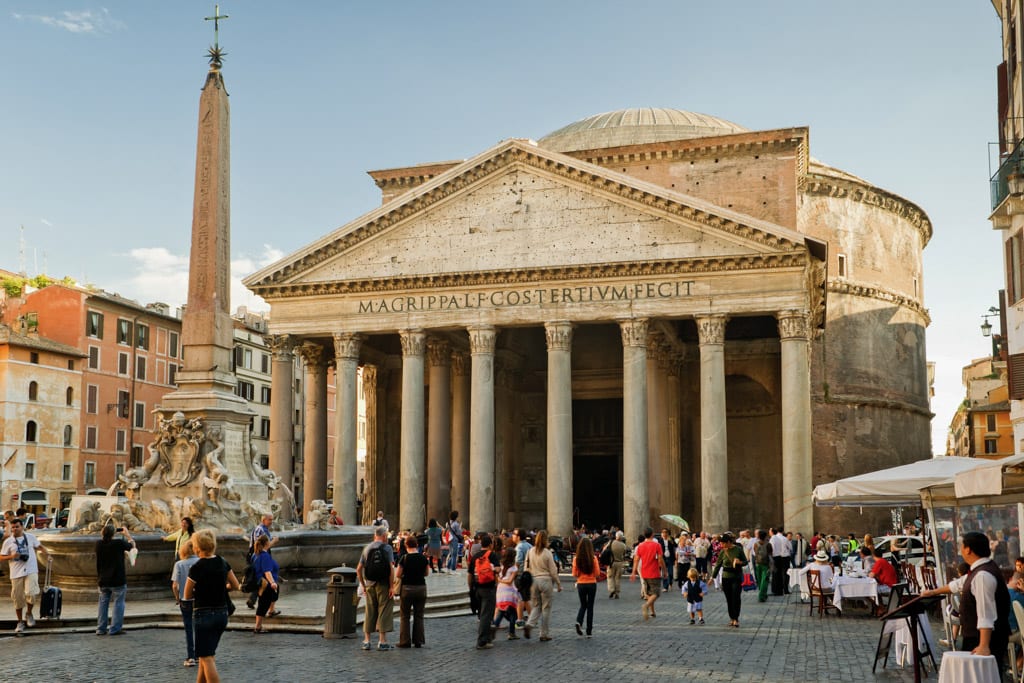
Enjoy the best views of Rome
Parco Savello or the Orange Garden is one pretty amazing viewpoint to see the city of Rome. We headed here with our Withlocals host where we got to see the sunset over the city itself.
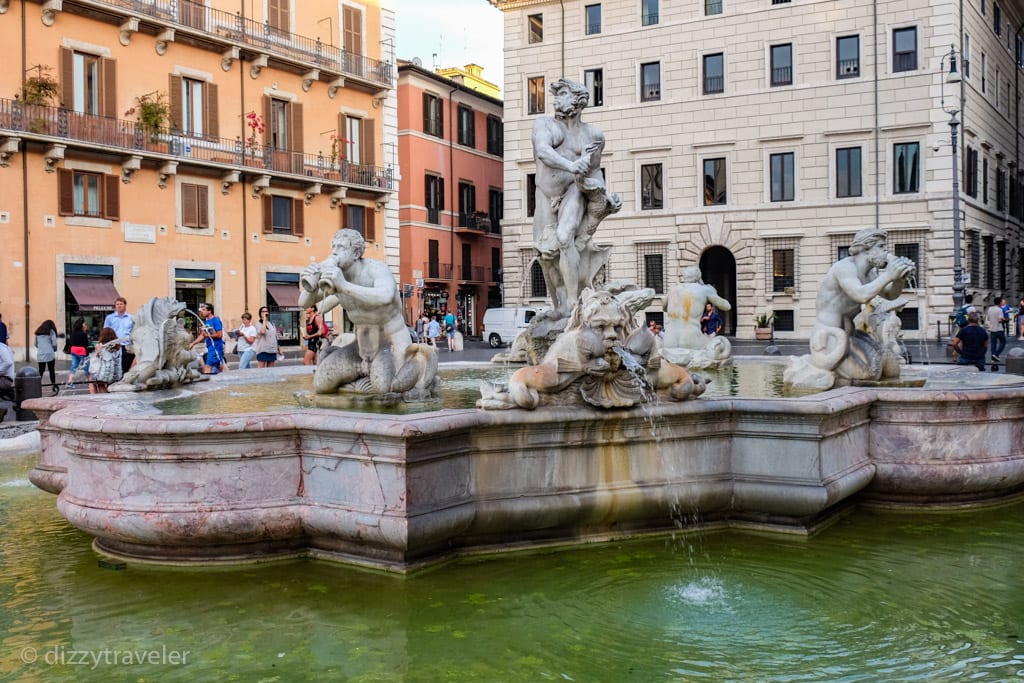
See the Trevi Fountain
Trevi Fountain is one of the largest and most beautiful fountains in Rome. Less than a mile, about 10 minutes walk from the Pantheon. The fountain area is usually crowded, and you will always find people throwing coins into the water.
Why are there always people in the fountain throwing coins into the water and taking photos of themselves?
The saga began with the movie ‘Three Coins in the Fountain.’ If you throw one coin with your right hand over your left shoulder, you will return to Rome; you will fall in love with an attractive Italian if you through two coins and marry the person you met if you through three.
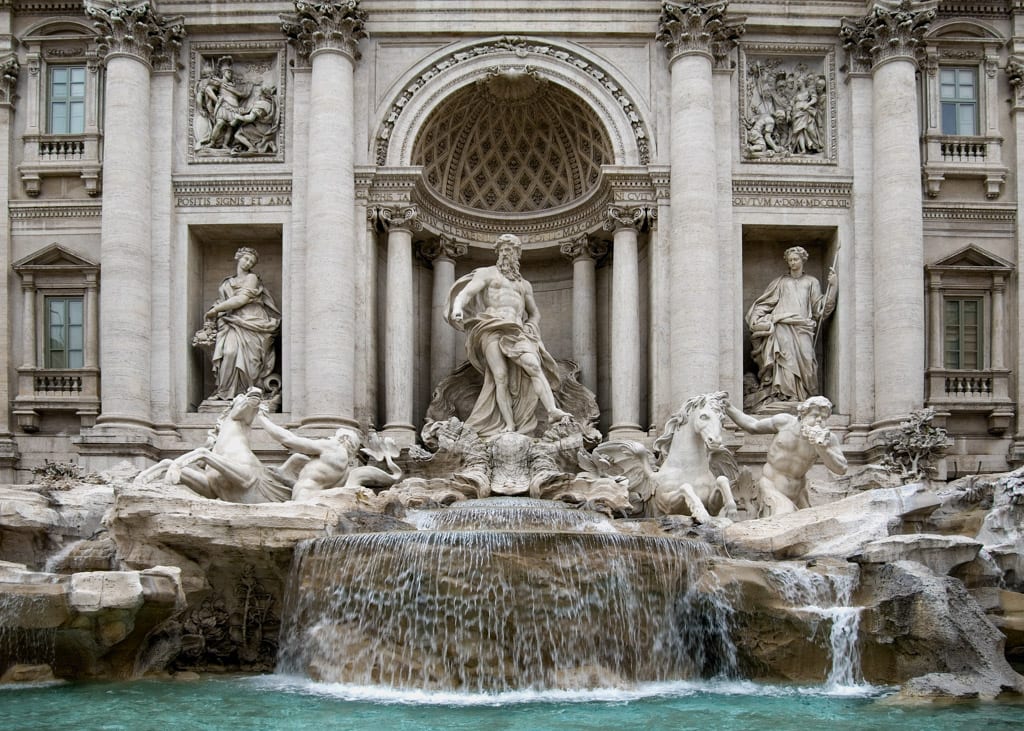
Scenic Views of Rome
Originally Rome was built on seven hills, and the best way to capture unforgettable scenic views is from a few viewpoints. However, the city becomes even more beautiful during sunset when evening lights spread in glowing reds and oranges. In addition to The Dome of St. Peter’s Basilica and Piazza Venezia here are a few lovely spots to enjoy the picturesque view of Rome.
- Pincio Terrace (Terrazza del Pincio)
- Orange Gardens on Aventine Hill
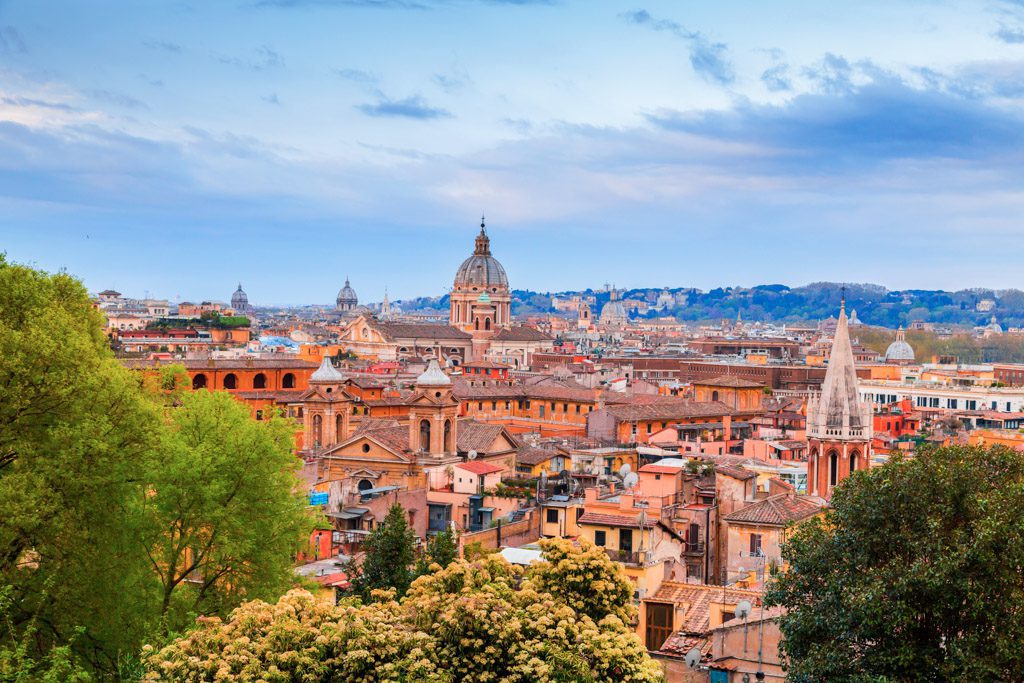
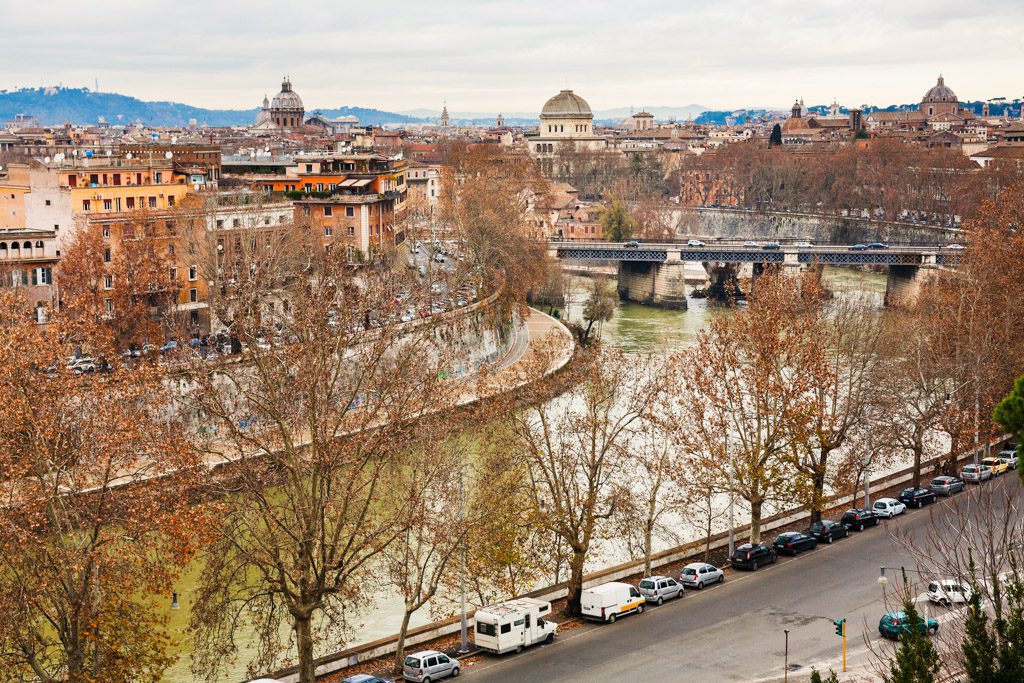
Book Your Sightseeing Trip
With a multitude of beautiful places to visit and a range of exciting sightseeing activities, you are sure to create unforgettable memories. To explore your options, simply click on the affiliate link below.







